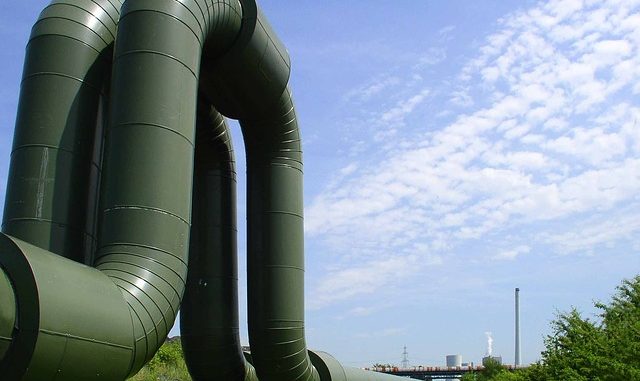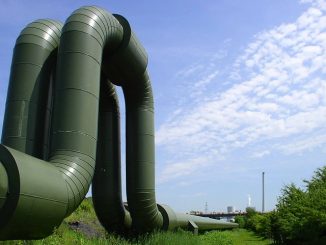
In a previous article, I gave you some advantages and drawbacks of district heating networks. The main advantage emerging from this first approach is the energy efficiency they achieve in the majority of cases.
The article, which I had proposed, reasoned heating networks independently of other energy systems and even implied a comparison of heating systems with other systems.
If we consider the deployment of heat networks more generally, interactions appear:
– With energy efficiency programs.
All these programs, aimed at buildings’ renovation as well as at the evolution toward less energy consuming systems or at the development of better behaviours, will lead to a drop in energy consumption per linear meter of street and thus in the profitability of district heating networks.
I already met cities, hesitant to engage in energy efficiency programs on the pretext that they would make more difficult the connection of buildings to heating networks which they had deployed few years ago!
– With the needs to reduce the peak power consumption
Thermal applications are the main lever actuated to reduce peak electricity demand when they depend, at least partially, from electricity. In the territories in which heat or cold are at least partially generated by electricity, the deployment of heat networks greatly reduces the dependence of thermal applications to electricity because heat production can then rely on new sources of energy such as fatal heat produced by industry, biogas from water treatment or waste or burning waste or biomass. Consequently, in these territories, the ability to reduce peak electricity demand can be strongly impacted downward.
This is not to do without the energy efficiency programs, nor to do without energy sources not previously used, nor to do without the benefits of heat networks. This is simply to anticipate developments of the neighbouring energy systems to detect those which might change the profitability of heat networks, that would lead to a global non-optimization and probably to fratricidal conflicts between energy systems.



Leave a Reply